Mercury Motion is specializing in specializes in high end micro motors, gear motors and their respective parts since 2009. Our products are widely used in entertainment systems, automobiles, home and industrial appliances and many others with good reputations. We have good qualified R&D enginneers to make all motor meet customer required . We do big quantity orders as well as small orders.
Product name
| 8mm coreless motor
| Keyword
| coreless brushed motor,coreless electric motor,1020 coreless motor,8520 coreless motor,10mm coreless motor
| | Place of Origin | China | Rated
| DC 5V
| Type
| GEAR MOTOR
| Total length
| 76.2-58.8mm, (Contact us for specific information to confirm)
| Applicable Industries
| health industry, etc.
| Weight
| 11kg
| Product Description
| A gear motor is a type of motor that incorporates gears into its design to achieve a specific speed and torque output. It typically consists of a motor, a gearbox, and a series of gears that work together to control the motor's speed and power.
| Life span
| 20 years (Contact us for specific information to confirm)
| Advantage
| We keep good quality and competitive price to ensure our customers benefit
| Packing
| 137x144x88mm(Contact us for specific information to confirm)
| Sales country
| All over the world for example:Cyprus,Singapore,Saint Pierre and Miquelon,Holy See (Vatican City),Wallis and Futuna,Martinique
| Certification
| ISO9001
| color
| black/grey
| MOQ
| 20pcs(Contact us for specific information to confirm)
|
Please contact us for details about Precision Motors
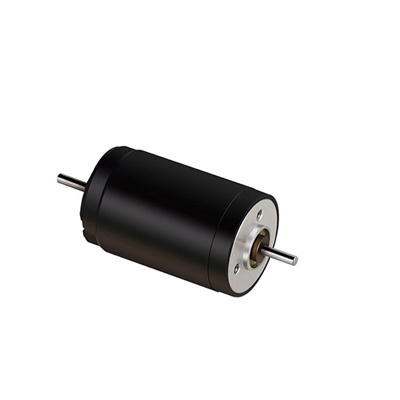
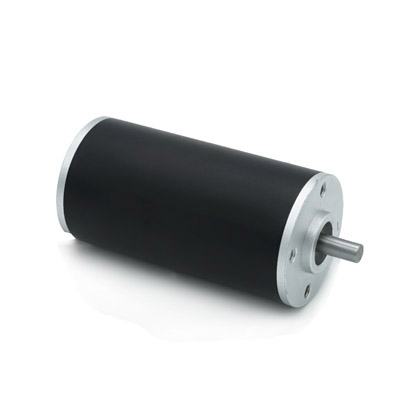
For more information about GM Planetary Gear Motors, please contact us. 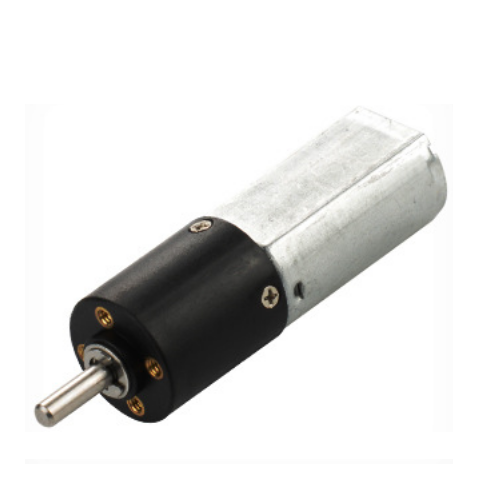
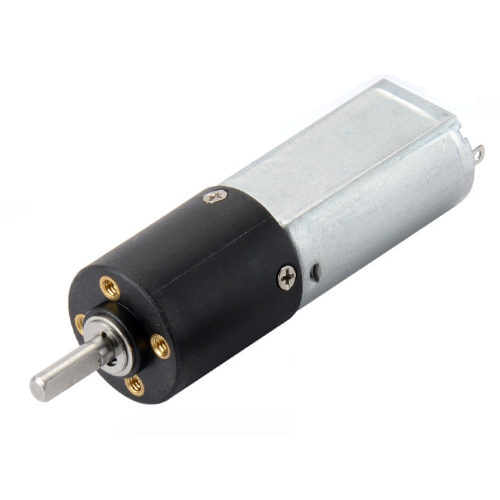
Please contact us for details about Spur Gear Motors 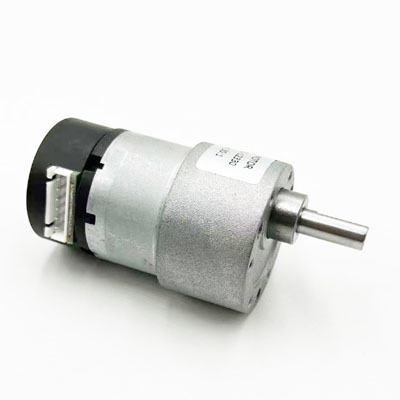
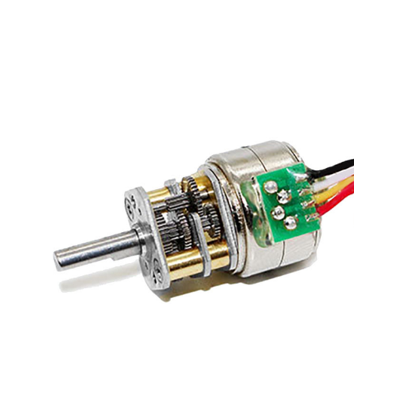
8mm coreless motor services FAQs Guide
Are you looking for a quick review guide about 8mm coreless motorservices?
An ultimate FAQ buying guide is available to help you.This guide contains all the information about all the important facts, figures, and various processes regarding 8mm coreless motor services.
Let’s continue!
1.How do you troubleshoot common issues with gear motors?
2.How do you choose the right gear motor for your application?
3.Can gear motors be used in high-speed applications?
4.What types of bearings are typically used in gear motors?
5.Do gear motors require regular maintenance? 1.How do you troubleshoot common issues with gear motors? We continue to improve 8mm coreless motor products and processes to improve efficiency.
1. Check the power supply: Make sure the gear motor is receiving the correct voltage and that the power supply is functioning properly.
2. Inspect the wiring: Check for loose or damaged wires, and make sure they are connected to the correct terminals.
3. Check for mechanical obstructions: Make sure there are no obstructions preventing the gear motor from turning, such as debris or misaligned gears.
4. Lubricate the gears: If the gear motor is making unusual noises or is not turning smoothly, it may need to be lubricated. Use a suitable lubricant according to the manufacturer's recommendations.
5. Check for overheating: If the gear motor feels hot to the touch, it may be overheating. This could be due to a faulty motor or excessive load on the motor. Reduce the load or replace the motor if necessary.
6. Test the motor with a multimeter: Use a multimeter to check the voltage and current of the gear motor. This can help identify any electrical issues.
7. Inspect the motor brushes: If the gear motor has carbon brushes, check them for wear and replace if necessary.
8. Check the motor bearings: If the gear motor has bearings, check them for wear and replace if necessary.
9. Consult the manufacturer's manual: If the gear motor is still not functioning properly, refer to the manufacturer's manual for troubleshooting tips specific to your model.
10. Seek professional help: If you are unable to identify or fix the issue, it may be best to seek help from a professional technician or contact the manufacturer for assistance. 2.How do you choose the right gear motor for your application? We maintain a stable growth through reasonable capital operations, focus on industry development trends and cutting -edge technologies, and focus on product quality and safety performance.
1. Determine the required torque: The first step in choosing the right gear motor is to determine the required torque for your application. This can be calculated by multiplying the load force by the distance from the center of rotation to the point where the force is applied.
2. Consider the speed requirements: The speed at which the motor needs to operate is also an important factor to consider. This will determine the gear ratio needed for the motor to achieve the desired speed.
3. Calculate the power requirements: The power requirements of the motor will depend on the torque and speed requirements. This can be calculated by multiplying the torque by the speed.
4. Consider the size and weight limitations: Depending on the application, there may be limitations on the size and weight of the gear motor. Make sure to choose a motor that fits within these limitations.
5. Determine the operating environment: The operating environment can also impact the choice of gear motor. For example, if the motor will be exposed to high temperatures or harsh conditions, a motor with a higher IP rating may be needed.
6. Choose the appropriate motor type: There are various types of gear motors available, such as DC, AC, and stepper motors. Each type has its own advantages and disadvantages, so choose the one that best suits your application.
7. Consider the efficiency and lifespan: It is important to consider the efficiency and lifespan of the gear motor. A more efficient motor will consume less power and have a longer lifespan, which can save on operating costs in the long run.
8. Consult with a supplier or engineer: If you are unsure about which gear motor to choose, it is always best to consult with a supplier or engineer who can provide expert advice and help you select the right motor for your application. 3.Can gear motors be used in high-speed applications? We are a new 8mm coreless motor manufacturer.
Yes, gear motors can be used in high-speed applications. However, the speed of the motor will depend on the gear ratio and the motor's maximum speed. It is important to select a gear motor with a suitable gear ratio and maximum speed for the specific high-speed application. Additionally, the motor should be properly lubricated and maintained to ensure optimal performance at high speeds. 4.What types of bearings are typically used in gear motors? We adhere to the principle of integrity and transparency, and establish long -term relationships with partners, and we attach great importance to this detail.
1. Ball bearings: These are the most common type of bearings used in gear motors. They consist of a series of balls held in place by a cage, which allows for smooth rotation and reduced friction.
2. Roller bearings: These bearings use cylindrical rollers instead of balls to reduce friction and support heavy loads. They are commonly used in high-speed gear motors.
3. Tapered roller bearings: These bearings have tapered rollers that are designed to handle both radial and axial loads. They are commonly used in gear motors that require high precision and durability.
4. Needle bearings: These bearings use long, thin rollers to support heavy loads and reduce friction. They are commonly used in gear motors with limited space.
5. Thrust bearings: These bearings are designed to handle axial loads and are commonly used in gear motors that require high thrust capacity.
6. Spherical roller bearings: These bearings have a spherical outer raceway, which allows for misalignment and can handle heavy radial loads. They are commonly used in gear motors that operate at high speeds.
7. Cylindrical roller bearings: These bearings use cylindrical rollers to support heavy radial loads and are commonly used in gear motors with high radial load requirements.
8. Bushings: These are simple bearings that consist of a smooth cylindrical or spherical surface that allows for rotation with minimal friction. They are commonly used in low-speed gear motors.
9. Plain bearings: These bearings have a smooth surface that allows for sliding motion and are commonly used in gear motors that require low friction and high precision.
10. Magnetic bearings: These bearings use magnetic fields to support the rotating shaft and eliminate the need for physical contact. They are commonly used in high-speed gear motors that require low friction and high precision. 5.Do gear motors require regular maintenance? We operate our 8mm coreless motor business with integrity and honesty.
Yes, gear motors do require regular maintenance to ensure optimal performance and longevity. This may include cleaning, lubrication, and inspection of the gears, bearings, and other components. The frequency and type of maintenance will depend on the specific type and usage of the gear motor. It is important to follow the manufacturer's recommended maintenance schedule to prevent potential breakdowns and costly repairs.
Tag:double staircase chandelier,staircase chandelier,industrial staircase chandelier
|


